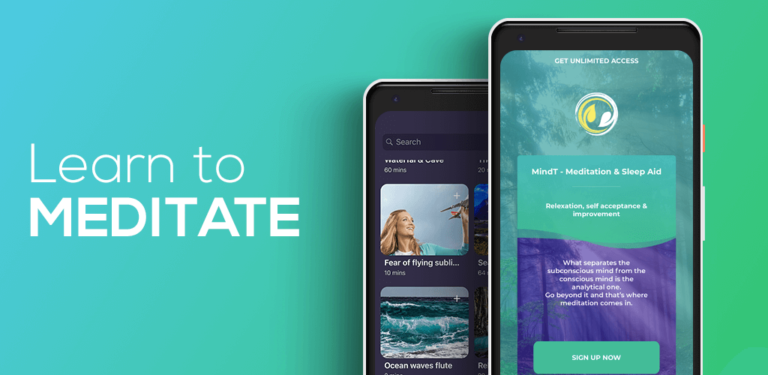Mindfulness and Meditation Strategies for When You’re Entering a High-Stress Job
Published on July 20, 2022 – Last Updated on September 21, 2022
While jobs have always been a source of stress for American adults, overall employee stress levels have risen nearly 20% in the last three decades. This mainly stems from unfair bosses, leadership changes, or tech innovations that threaten employment.
Changes in society have seen workers struggling to keep up with the demands of the workplace, sometimes leaving them with no room to take care of their mental health. In uncertain times, it is important to look into ways to manage stress levels in a sustainable way.
Downsides of high-stress jobs
Stress has been proven to zap concentration. This can be life-threatening for people in high-risk careers like firefighters, airline pilots, and police officers.
Recent years have highlighted the shortage of mental health professionals and resulted in huge demand for remote social workers across all states. There is also a massive demand for psychologists and therapists to help the workforce manage stress. Legislations have already mandated their presence in every school, and an array of remote social work positions for master’s level therapists have also been opened throughout states.
However, even caring for others comes at a price, with many mental health professionals experiencing compassion fatigue due to the emotional investment required. This may result in a profound decrease in the ability to empathize, which is why helping others requires you to help yourself.
Experts, therefore, recommend supplementing your day-to-day activities with meditation and living with mindfulness. This allows you to perform every action with purpose, keeping you sharp and motivated every day.
Strategies for mitigating stress
The principle behind meditation is that one is encouraged to engage with one’s thoughts and feelings rather than to react reflexively. This allows you to remain steady and resilient despite high-stress situations.
As we’ve discussed in a previous article, you can relax and reduce stress in various ways, from exercising, music therapy, or writing your feelings in a journal. For those looking for a stimulating experience, our Mindtastik has a great collection of guided meditations that you can choose based on your mood or activity level. Here are a few of our favorite ones below.
Pursed Lip Breathing
When done properly, just 10 minutes of breathing can provide the same benefits as up to two hours of exercise. This allows the parasympathetic nervous system to slow down and regulate as much as possible.
Pursed lip breathing is easy for beginners. You inhale through the nose for four or five seconds before exhaling for as long as possible through pursed lips. Pursing your lips generates a slight resistance, which makes for a lengthier exhale.
Deep Belly Breathing
Another great breathing technique is the deep belly breath which requires you to sit with a straight spine, placing one hand on your heart and the other below your navel point. By breathing in deeply, the pattern of the breath begins from the bottom up and travels from the stomach to the heart, then back out. This can be done even while sitting at your desk.
Finger Meditation
Saying a mantra or a phrase can really help you to recalibrate the space in your head. Finger meditation only needs one to stand tall, elongate the spine, and touch each fingertip to the thumb on the same hand. From there, repeat any mantra you want, with one word per finger touch.
Phrases or mantras can vary depending on what phrase best calms you, whether it’s “Peace Begins With Me” or “Work Is Not Life.”
Remember, mindfulness and meditation are individual journeys within a social space. Find what best works for you. Soon enough, you’ll find yourself in better control of your job, emotions, and life.




